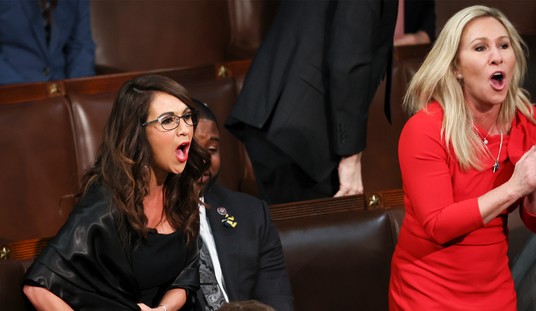A Sudden Shift That Deserves Careful Attention
A 24% plunge in the U.S. trade deficit landed with a thud loud enough to shake economic circles from Washington to Wall Street.
The Commerce Department reported that in August, we had a deficit of around $59.6 billion, following a July figure that hovered near $78.2 billion. It's the kind of movement that sparks hope for a stronger footing within an economy wrestling with inflationary pressures, supply chain recalibration, and tariff-driven realignments.
It's an eye-catching figure because of its velocity and scale, yet the underlying story carries far more complexity than a simple, straightforward headline.
With imports falling nearly 5% to $342.4 billion, exports climbed only a fraction to $280.8 billion. We need to be aware of what analysts are saying: that an import plunge creates an illusion of progress when export strength doesn't rise with equal vigor.
A shrinking deficit helps GDP calculations because fewer dollars leave the country than before, However, an import-driven contraction raises questions about sustainability and whether American production is ready to take advantage of the opportunity.
The Tariff Reality That Shapes Every Line of Data
President Donald Trump's tariff architecture is the key to the sudden drop because new duties prompted a wave of front-loading throughout the summer. Before late-summer tariffs arrived, companies rushed to build inventory, a pattern that led to a sharp decline in late-cycle shipments.
Economists believe that import valleys of that type quickly fill once purchasing cycles reset, meaning the decline might signal a temporary dip rather than a durable trend.
The Supreme Court's interest in the scope of the executive tariff authority adds to the pile of uncertainty, as businesses navigate pricing structures shaped by new trade rules that court rulings might adjust.
There's a second consequence of the new tariff structure: Higher duties increase the cost of many imported goods, and those increases eventually reach our wallets.
Already dealing with rising prices across categories from groceries to electronics, a tariff-driven cost wave might intensify those pressures even as Washington shares news of the deficit reduction.
Manufacturing Stands at a Crossroads
American industry is tested with every meaningful shift in trade numbers. A reduced deficit carries value only when domestic manufacturers, service providers, agricultural exporters, and technology firms step forward to supply what's diminished by an import decline.
As heartening as this news is, we need to realize that after decades of offshoring critical production capacity, it can't be rebuilt overnight, so leadership has to decide whether a moment of opportunity becomes a new chapter in industry or merely a statistical blip.
Three pieces of the rebuilding puzzle are courage, investment, and patience: Supply chains can't immediately reorganize, and investors seeking quick returns sometimes hesitate to support multi-year manufacturing prospects that demand a strategic vision.
However, a contracting trade deficit from Americans buying fewer foreign goods creates a window of opportunity for resurgent domestic investment, and economic momentum depends on whether leaders in commerce and government decide to take the first step, walking through the door.
Related: The Arctic Discovery That Could Break China’s Rare Earth Stranglehold
Consumers Feel the Weight of Every Policy Choice
A consumer economy illustrates the policy choices that address the painful immediacy. Tariffs pushing imports downward generate upward pressure in prices, something families feel month after month.
When households slow spending, the trade deficit narrows, offering less comfort than a deficit that narrows because of rising exports.
Long-term economic health depends on true strength, not numerical luck, and policymakers need to balance protection, production, and purchasing power using greater discipline than they've shown in the past.
The tension between short-term headlines and long-term reality creates tension in the broader deficit picture.
The overall yearly deficit through August reached about $713.6 billion, a 25% increase over the same period last year, a contrast that shows how one encouraging month can't erase several months of deeper imbalance.
Final Thoughts
A 24% improvement in the trade deficit is nothing to sneeze at and will always draw attention. It's a number deserving acknowledgment because it shows how policy, pressure, and timing come together to create significant shifts.
What comes next is a deeper test: American manufacturing must increase, consumers must navigate higher prices with resilience, and leaders must understand how tariffs and economic strategy work within a global system that never stops moving.
Hopes are lifted with news of a narrowing deficit, but only consistent performance, endurance, and honest stewardship decide whether a temporary reduction is a marker of renewal or a footnote remembered for its brief optimism.
No matter what, 24% is still 24%, and here's to hoping it's a step in the right direction.
Support independent commentary that digs beneath surface-level narratives, confronts economic reality with clarity, and refuses to echo the talking points offered by political or media elites.
Become a PJ Media VIP member today and unlock the full library of exclusive analysis, member podcasts, and deep-dive reporting. Use the promo code FIGHT to get 60% off your new VIP membership.










Join the conversation as a VIP Member